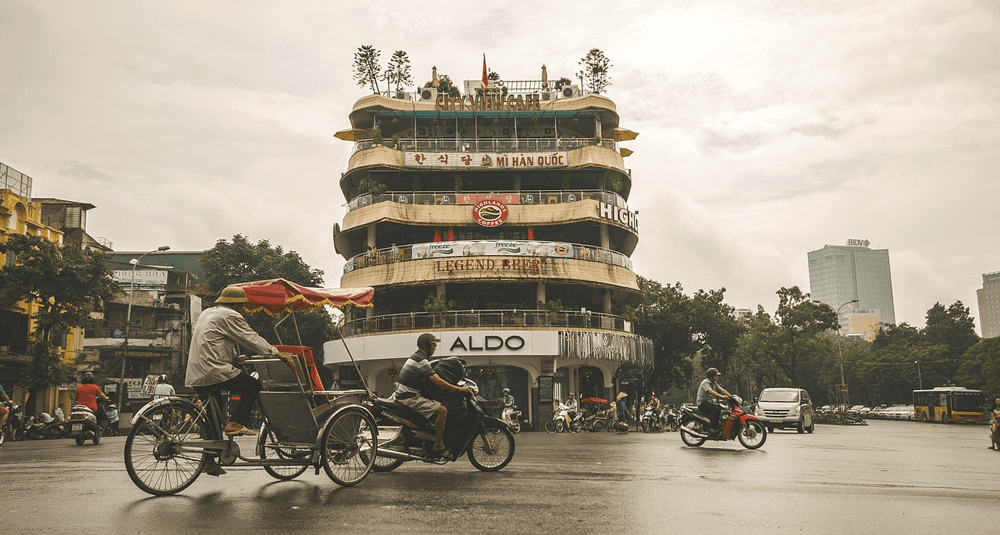What is the capital of Vietnam?
Last Updated:
The capital of Vietnam is Hanoi, a thousand-year-old city in the north of the country, on the banks of the Red River. With over 8 million inhabitants, Hanoi is not only the political center of Vietnam, but also an important cultural, historical and economic crossroads of Southeast Asia.
Hanoi, whose name means “the city between the rivers”, has a history that goes back thousands of years. It was founded in 1010 as Thăng Long (dragon taking flight) by the emperor Lý Thái Tổ, founder of the Lý dynasty. Thăng Long remained the imperial capital of Vietnam for centuries, with the exception of a few periods when the court was relocated.
It wasn’t until 1831 that the city officially took the name Hanoi, under the Nguyễn dynasty. After French colonization in the late 19th century, Hanoi became the capital of French Indochina. The colonial influence can still be felt today in the architecture of the city center, with its tree-lined boulevards, Haussmannian buildings and neo-Gothic churches.
After Hồ Chí Minh proclaimed Vietnamese independence in 1945, Hanoi became the capital of the Democratic Republic of Vietnam (North Vietnam), before becoming the capital of reunified Vietnam in 1976, at the end of the war.
As the capital of Vietnam, Hanoi is home to the main political institutions, including the government, the National Assembly, the Vietnamese Communist Party and foreign embassies. It is also the official residence of the President and Prime Minister.
The city plays a central role in national decision-making, both in domestic and foreign policy.
Hanoi is often described as the cultural soul of Vietnam. The city is home to numerous museums, including the Museum of Vietnamese History, the Museum of Fine Arts and the Ethnographic Museum, which highlights the diversity of the country’s 54 ethnic groups.
The Old Quarter, with its narrow, bustling streets, bears witness to a flourishing commercial past. Craftsmen, street vendors and typical tubular-style houses, narrow and deep, can still be found here.
The city is also an important center of the Vietnamese art scene, home to contemporary art galleries, theaters and water puppet shows, an ancient tradition still very popular today.
Hanoi’s most emblematic sites include:
- The Mausoleum of Hồ Chí Minh, where the embalmed body of the revolutionary leader lies;
- The Temple of Literature, an ancient Confucian university founded in 1070;
- The Single Pillar Pagoda, a masterpiece of Buddhist architecture;
- Lake Hoàn Kiếm, in the heart of the city, surrounded by legends and places to stroll.
Today, Hanoi is a city in full transformation. It is experiencing rapid growth, with new modern districts, skyscrapers, shopping malls and rapidly developing transport infrastructures, such as the metro.
Despite this modernization, the city retains a strong attachment to its traditions, visible in its markets, popular festivals, street food and community life.
Hanoi is the capital of Vietnam, located in the north of the country. A city with an imperial and colonial past, it embodies the millenary history, cultural richness and modern impetus of contemporary Vietnam. The nerve center of political, cultural and economic life, Hanoi is a fascinating city, where ancient traditions mingle with rapid change.
You may also be interested in
geography

What is the capital of Vietnam?
Answer
Hanoi is the capital of Vietnam. Located in the north of the country, it is the political, cultural and historical center of the Socialist Republic of Vietnam.